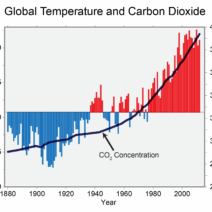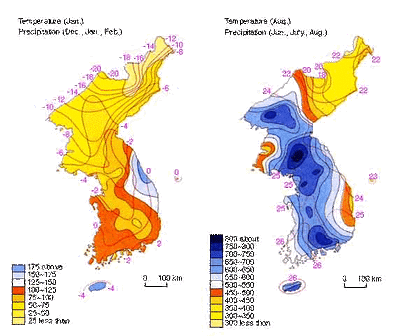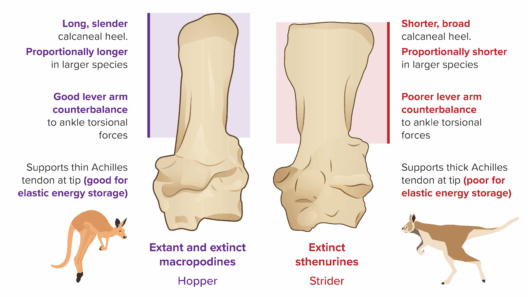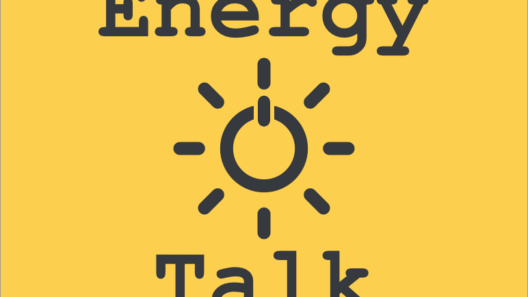Energy conservation at home is not merely a contemporary trend; it is a necessity born from the escalating challenges posed by climate change and rising energy costs. Homeowners often grapple with the dual imperative of maintaining comfort while simultaneously seeking efficiency. In this discourse, we shall delve into two effective methods: optimizing home insulation and utilizing smart home technology. Both strategies not only promise substantial energy savings but also foster a mindset shift towards sustainability.
To commence, we consider the compelling role of insulation. It is often an underappreciated aspect of home energy conservation. Insulation acts as a buffer against external temperature variations, ensuring that your living space retains heat during winter and stays cool in summer. This fundamental barrier reduces reliance on heating and cooling systems—two substantial consumers of energy.
First, assess the existing insulation in your abode. Ceilings, walls, and floors demand particular attention. Older homes, especially, may be deficient in modern insulation standards, leading to thermal inefficiency. If you discover inadequacies, investing in high-quality insulation materials can lead to transformative results. For instance, using spray foam insulation rather than traditional fiberglass can yield significant energy retention. Moreover, insulating attics and crawl spaces not only maximizes energy efficiency but also can lead to savings of up to 20% on energy bills.
Second, seal drafts. Drafts are the sneaky culprits that erode insulation effectiveness, allowing precious conditioned air to escape. Windows and doors are common sources of air leakage. Utilizing caulk and weatherstripping seals can block these unwanted gaps, ensuring that your carefully managed indoor climate remains stable. Beyond comfort and savings, this practice contributes to a notable reduction in greenhouse gas emissions, aligning personal comfort with ecological responsibility.
Upon addressing insulation, let’s pivot towards the burgeoning realm of smart home technology. This innovation revolutionizes the way we manage energy consumption, seamlessly integrating convenience with conservation. Smart devices—ranging from thermostats to lighting systems—empower homeowners to exert unprecedented control over energy usage.
A prime example of this technology is the smart thermostat, a device that transcends traditional heating and cooling regulation. These intelligent systems learn your schedule, adapting temperatures based on when the house is occupied or vacant. By minimizing unnecessary heating or cooling when spaces are unoccupied, smart thermostats can yield savings of approximately 10-12% on annual energy bills. Imagine the convenience of returning to a comfortably heated or cooled home without sacrificing efficiency.
Lighting, another critical area of energy consumption, has been innovated by the advent of smart lighting systems. LED bulbs, combined with smart controls, allow users to adjust brightness, color temperature, and schedules from the convenience of a smartphone. This capability not only facilitates energy savings but also enhances the ambiance tailored to your activities. By adopting LED technology, users can achieve savings of 75% to 80% compared to traditional incandescent bulbs while enjoying a longer lifespan. The intersection of aesthetic preference and energy conservation creates an inviting environment that aligns with sustainable practices.
Moreover, consider the expansion of energy monitoring solutions. Smart outlets and home energy monitors provide real-time data on energy consumption patterns. Armed with this information, homeowners can identify energy-hungry appliances and make informed decisions about usage. This transparency fosters a culture of mindful consumption, promoting a shift in attitude towards energy use as individuals begin to see their habits in action.
A comprehensive approach to energy conservation not only involves implementation but also education. Encourage household members to engage in energy-saving practices through small but impactful measures, such as unplugging devices when not in use or utilizing power strips for easy disconnection. Establishing a culture of conservation within the household fosters a collective commitment to sustainability, amplifying the positive impact of these individual efforts.
Ultimately, the drive towards conserving energy at home extends beyond personal financial advantage; it represents a collective movement towards a sustainable future. By investing in insulation and embracing smart technology, homeowners can dramatically reduce energy consumption while enhancing comfort. This dual focus not only leads to financial savings but also embodies a broader commitment to protecting our planet for future generations.
In conclusion, energy conservation at home is accessible and achievable through simple yet transformative strategies. With a renewed perspective, we can recognize that the choices we make within our living spaces significantly impact the world beyond our walls. By prioritizing insulation and adopting smart home technologies, we nurture a more sustainable lifestyle, thereby ensuring a resilient environment for ourselves and those who will follow.








